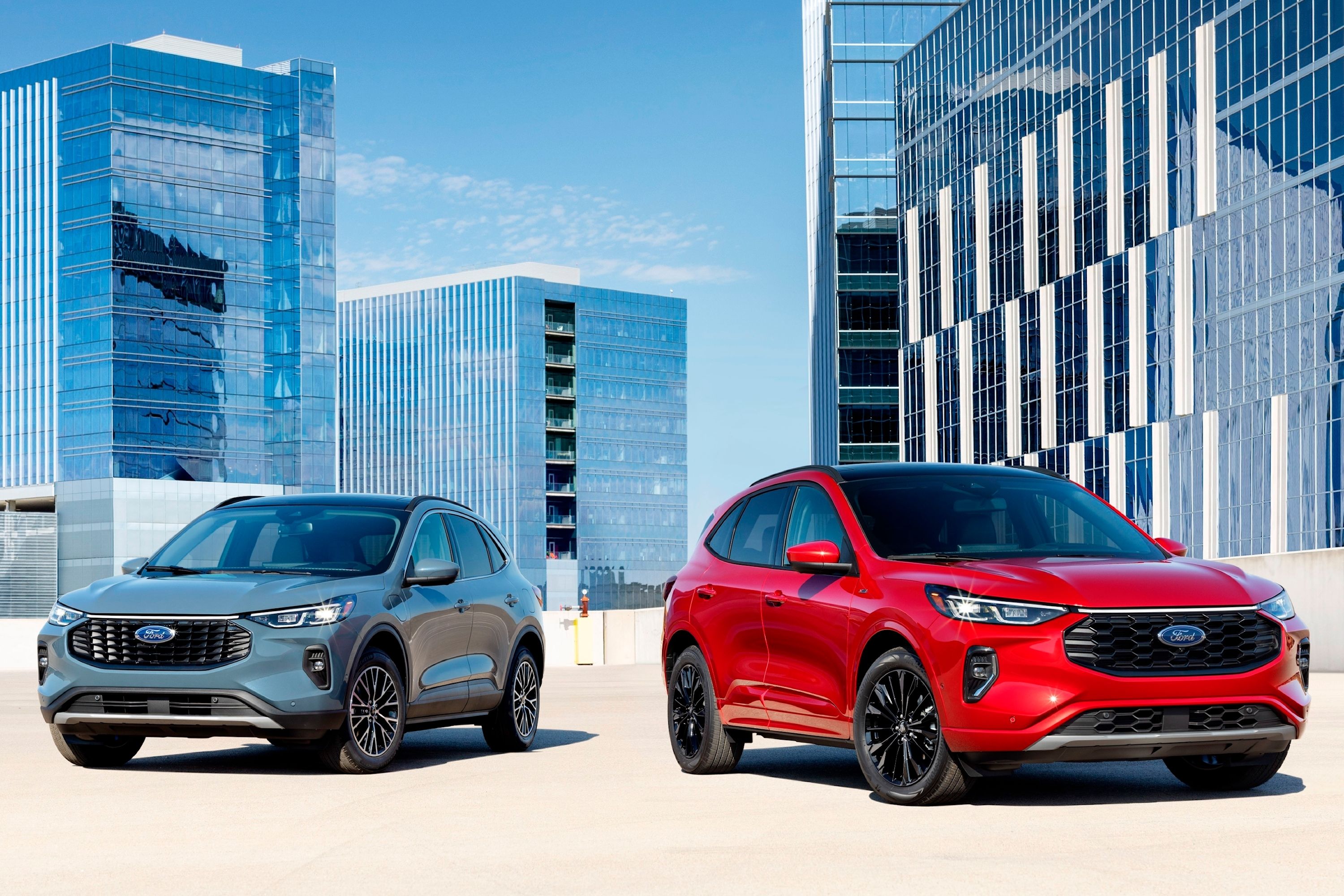
It's almost always a chaotic disaster when an emergency vehicle needs to blast through a series of intersections, especially if traffic lights are thrown into the equation. They should always be given the right of way, even when the lights are red, but sometimes confusion can get the best of some drivers. Unfortunately, it's not uncommon for an emergency vehicle to be taken out by a fellow road user who simply did not see or hear them.
Ford is on a mission to make sure this never happens again with a new system that plans to integrate emergency vehicles with any city's traffic light system. The basic principle of the project is for a set of lights to detect an approaching emergency vehicle and adjust to green so that it can get a safe passage through the intersection. It sounds like an easy enough idea, but the setup is rather technical.
The project is being run by the company's European arm, which is currently trialing the technology on a Ford Escape, known internationally as the Kuga. Aachen, Germany was used as a proving ground of sorts where a road with eight consecutive intersections was kitted out with a Cellular Vehicle-to-Everything technology. As soon as the test vehicle signals its emergency systems, all oncoming lights switch to green to accommodate it. Once the car passes through, it reverts to its standard cycle.
Martin Sommer, a research engineer for Ford of Europe, explains why this innovation is so crucial by saying, "Whether it's a fire engine attending a blaze or an ambulance that is en route to an accident, the last thing anyone wants is for these drivers to be caught up among other vehicles waiting for the lights to change."
Upon investigating this technology, Ford noticed that there were benefits for the everyday user as well. Using the Escape's onboard communication units and rapid control prototyping hardware, the car can receive the timing data of the lights, meaning it can adjust its speed via the adaptive cruise control, within legal limits, so that it optimizes the number of green lights it can catch. This will be sure to reduce congestion on the road.
If a light is red, the Escape lowers its speed well ahead of time and begins to accelerate once the green light shows again. This is opposed to rushing towards the red light, coming to a stop, and then taking off again. If the car is unable to avoid the red light, it will slow down as efficiently as possible to lower the amount of time it spends just standing still.
Ford doesn't say when we can expect to see this technology filter down to road cars but we do know that it is dedicated to autonomous mobility. Just a few days ago, it was revealed that via its Ford Next strategy, advanced technologies surrounding self-driving would be invested in and developed with haste.
Ford's current semi-autonomous BlueCruise has already been winning the hearts of some experts in the field. The brand has even started working with Lyft to bring self-driving ride-hailers to Miami as of late last year. This is set to be extended to a second location sometime this year. Get ready - autonomous driving is becoming more than just a fantasy.
